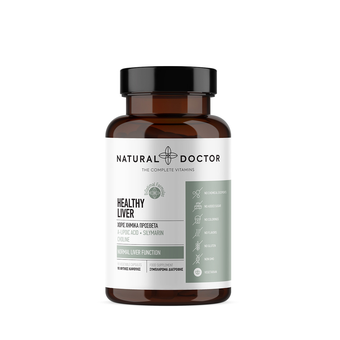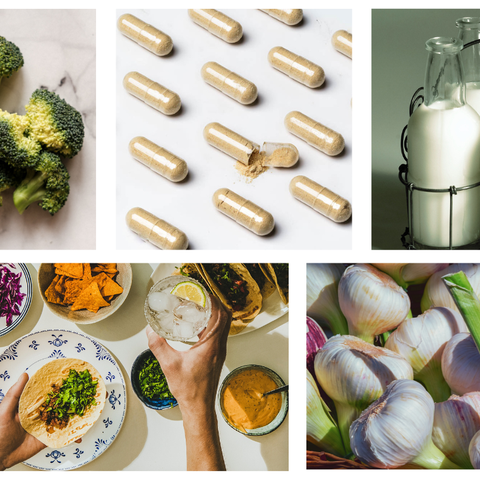Fatty liver disease the silent epidemic

Fatty liver, or fatty infiltration, is the most common liver disease in the Western world. According to the American Liver Foundation, 25 per cent of Americans have fatty liver.
What is fatty liver?
Fatty infiltration or non-alcoholic liver disease occurs when excess fat begins to store in the liver, causing inflammation and scarring tissue to develop. Advanced fatty infiltration has overtaken hepatitis C as the leading cause of fibrosis and liver transplantation.
The myth behind fat
While fatty liver is associated with a high-fat diet, it is caused by overconsumption of sugar and fructose. One of the main factors is high fructose corn syrup, which is hidden in many foods. Corn syrup is hidden in ketchup, salad dressings, jams, barbecue sauces, marinades and baked goods.
Unlike glucose, fructose is absorbed directly by the liver. Once there, the production of fat in the liver in the form of triglycerides begins. Fructose causes the accumulation of fat in the liver, activating the production of fat (lipogenesis) right there in the liver itself while at the same time preventing its burning.
A study of more than 5,000 participants on fatty liver showed that the incidence of fatty liver in those who consumed at least one sugary drink per day was increased by 55 per cent compared to those who did not drink.
In addition to consuming too much sugar or fructose, many other conditions can increase the risk of fat accumulation in the liver, like obesity, insulin resistance, rapid weight loss, and high cholesterol levels.
Symptoms of fatty liver disease
One of the biggest obstacles to treating fatty liver disease is that most people who suffer from it don't know they have it yet. Fatty infiltration usually causes no symptoms. When symptoms occur, they may be:
- Extreme fatigue
- Weight loss
- Weakness
- Discomfort or pain in the top right of the tummy
In the case of steatohepatitis and cirrhosis of the liver, symptoms include:
- Red palms (liver palms)
- Spleen enlargement
- Swelling of the blood vessels below the surface of the skin
- Yellowing of the skin and eyes (jaundice)
- Abdominal swelling due to fluid in the abdomen (ascites)
How to reduce the risk of fatty liver
A balanced diet with omega-3 fatty acids, such as fish, can reduce the risk of fatty liver while lowering triglyceride levels. Another factor associated with lower incidence for fatty liver is olive oil consumption and the Mediterranean diet. Aerobic exercises at least three times a week or resistance training twice a week can reduce liver fat.
Healthy Liver
Healthy Liver contains milk thistle fruit extract, α-lipoic acid and choline, ingredients with antioxidant protection in the liver. Silymarin is a plant flavonoid and, at the same time, a powerful antioxidant, which comes from the fruits of the milk thistle.
Alpha lipoic acid is a potent antioxidant ingredient found naturally in the body's cells and it converts glucose, i.e. blood sugar, into energy. At the same time, it can neutralize free radicals and activate vitamins in the body.
Studies have shown that choline deficiency is associated with liver damage, including the development of fatty liver in men and postmenopausal women with diets deficient in choline. Healthy Liver is suitable for people with liver problems, people who regularly use drugs or alcohol, and people with bile problems.



